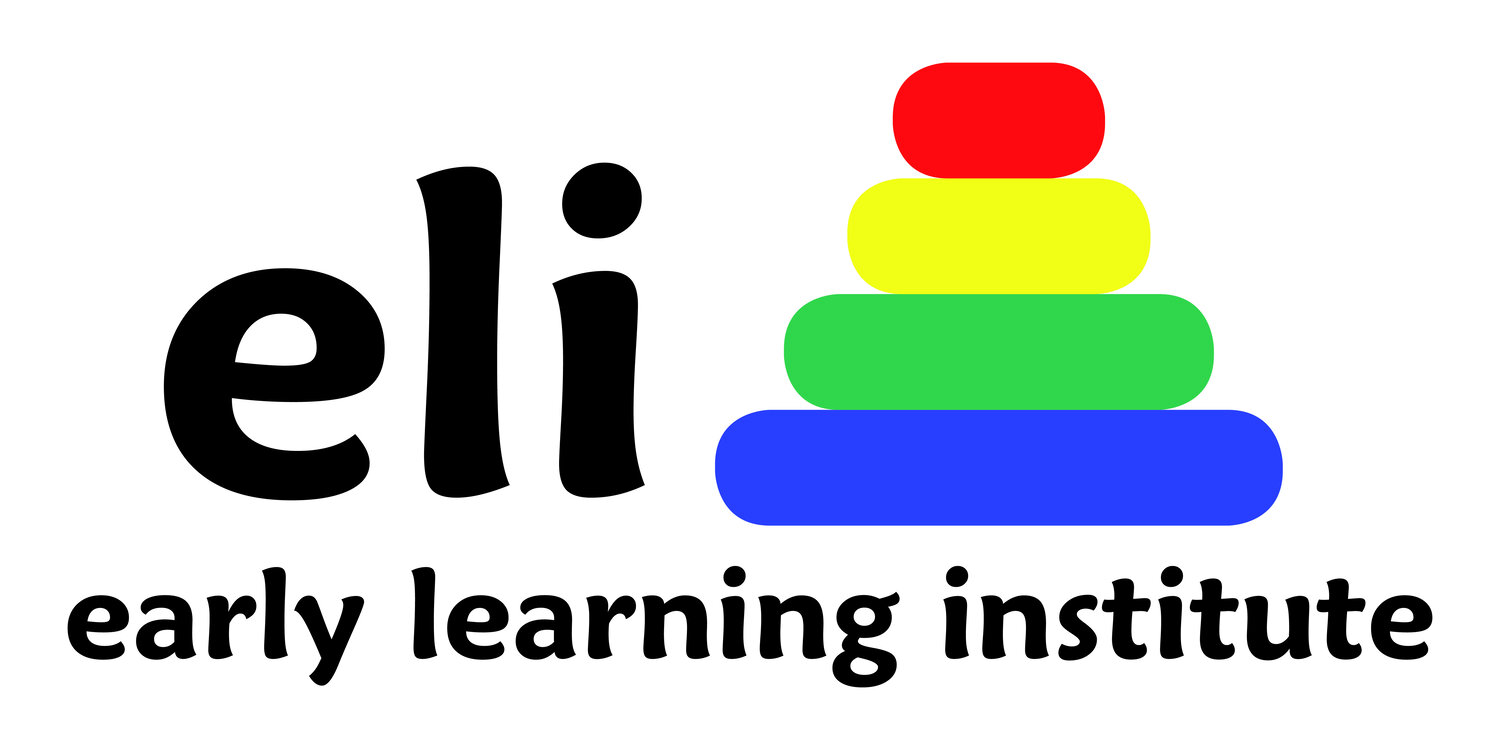The Children Are Alright
The worldwide outbreak of the coronavirus disease (COVID-19) is a source of unexpected stress and adversity for many people but it is especially hard on parents of young children. Many are expressing concern and worry about the long term effects on their child’s learning and social-emotional development.
Luckily, most children are incredibly resilient. But resilience is not something we’re born with—it’s built over time as the experiences we have interact with our unique, individual genetic makeup. Think of resilience as a seesaw or balance scale, where negative experiences tip the scale toward bad outcomes, and positive experiences tip it toward good outcomes. We have over four decades of research on resilience that shows that protective factors can buffer children from harm and increase the chances they adapt positively to adversities such as the COVID-19 pandemic. Families and communities can work together to promote these protective factors.
Protective factor #1: Sensitive, responsive caregiving
The primary factor in a child’s recovery or protection from an adverse or traumatic event is the presence of a sensitive and caring adult. To support healthy child development during COVID-19, children need to maintain regular age-appropriate connections and routines, as much as possible. Most young children are home with their parents or caregivers, in familiar surroundings with a fairly concrete routine – all things that go on the positive side of the resilience scale. Adults should strive to bolster their child’s sense of safety and security by setting aside time for playing, reading, going outdoors, and talking about things other than the pandemic.
Protective factor #2: Meeting basic needs
Meeting the basic needs of children (and families, for that matter)—such as food, shelter, clothing, and medical and mental health care—is essential to protecting children’s well-being in stressful times. Parents and caregivers should consider asking for help as a sign of strength and resourcefulness, not weakness.
Protective factor #3: Emotional support for children
Emotional and behavioral changes in children are to be expected during a pandemic, as everyone adjusts to the required changes in daily routines. Some children may show signs of emotional distress (e.g., clinginess, anxiety, sadness, anger). But with strong emotional support from adults and communities, most children will return relatively quickly to their typical level of functioning from before the pandemic. Use the 3 Rs (reassurance, routines, regulation): Reassure children about their safety and the safety of loved ones; set new or maintain predictable routines (sleeping, eating, learning, playing); support children’s regulation skills by helping them manage difficult feelings (deep breathing, movement, quiet time); and make time for age appropriate emotional “check-ins” (offer opportunities for children to ask questions, talk about their feelings, read books about feelings, etc. Limit adult conversations in front of children to age-appropriate information.
Emphasize the positive. Stories of hope and resilience (people helping each other or animals) provide an important counterbalance to negativity and fear about the pandemic. If books are
unavailable at home, try accessing free online books for children. Communities should help facilitate families’ access to home visiting, early intervention, child and family mental health programs, teachers, and other services by offering remote options for remaining in contact with children and their families (telephone or video contact, including telehealth).
Don’t forget about developmental stages. As this pandemic drags on, children are continuing to grow and develop and they will likely enter new and different stages as the months go along. A child turning 15 months old would be highly likely to experience increased separation anxiety, even without all the current disruption. It is tempting to “blame” all changing, negative or unusual behaviors on the pandemic. It is likely a combination of things.
Protective factor #4: Support for caregiver well-being
When parents’ and other caregivers’ needs are met, children are more likely to receive sensitive and responsive care. Protecting adults’ mental and physical health is an effective strategy for promoting children’s well-being during and after a pandemic. Whenever possible, prioritize time and energy for activities that are most important and meaningful to you and your family and focus on what can be reasonably accomplished under the circumstances. Take breaks from work and caregiving responsibilities: Even short periods of time spent on self-care (rest, exercise, mindfulness, reading, praying) can benefit the whole family. Reach out to family members, friends, religious groups, and professionals who can offer support for managing emotional and mental health challenges, such as stress, anxiety, and depression.
Taking Care of Yourself = Taking Care of Your Kids
Your children will notice if you feel anxious, depressed, hopeless, and/or chronically fatigued. It is common to experience these feelings, especially during such an uncertain time. Remember that in order to take good care of your children and be a positive role model, you must take care of yourself. This is not just an ordinary snow day or spring break. Taking care of yourself is crucial because we do not know how long this will last. As circumstances change each day, it is more important than ever to think about our long-term mental health.
Protective factor #5: Social connectedness
Positive social connections are important protective factors for both children and adults during a pandemic. Although in-person contact may be limited, physical distancing should not turn into social isolation, which is a risk factor for child abuse and neglect, adult and youth substance use, and family violence. Parents and other caregivers should schedule virtual time regularly with extended family members and friends.
The children we raise today will become tomorrow’s leaders. It is in all of our best interest to help build strong adults, regardless of whether we have children of our own at home. The saying “it takes a village to raise a child” is as pertinent now as ever.
As always, we are here to help if you need us.
Michele rogers, PhD
Executive Director

